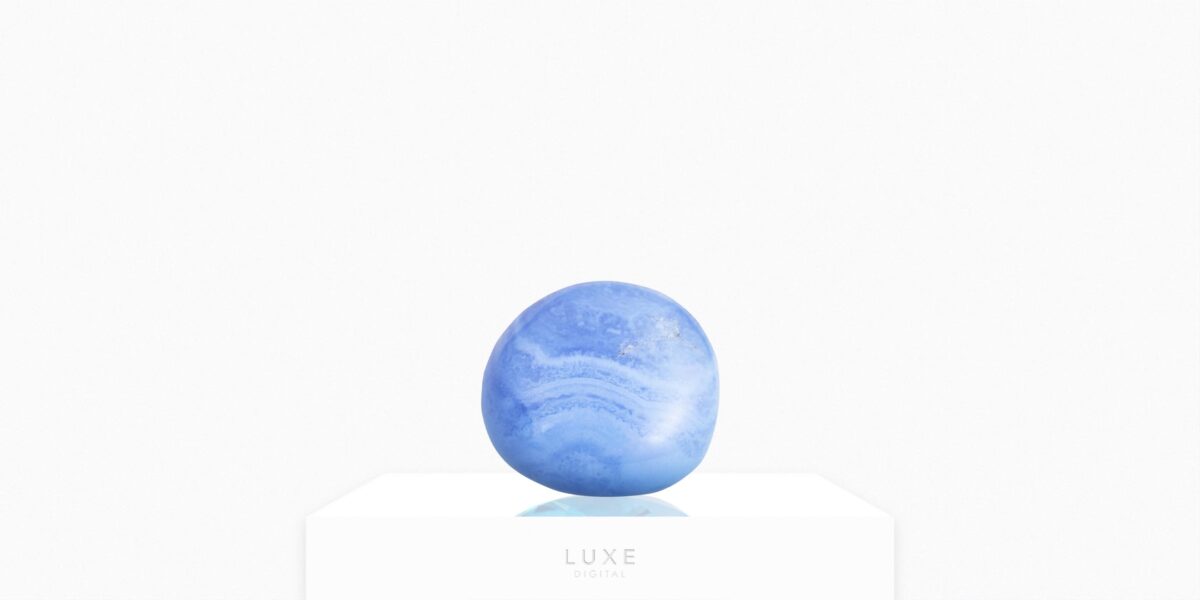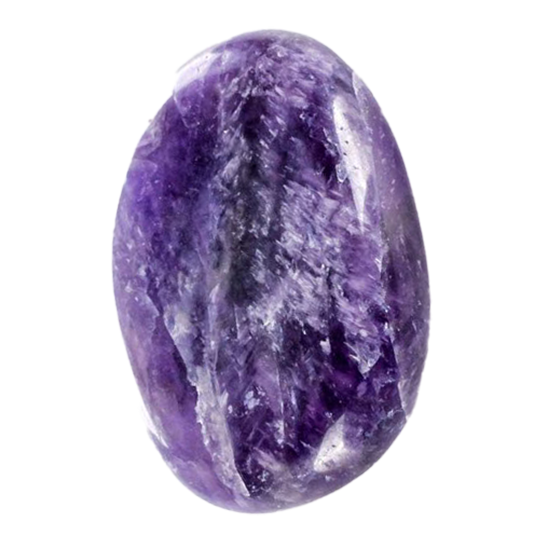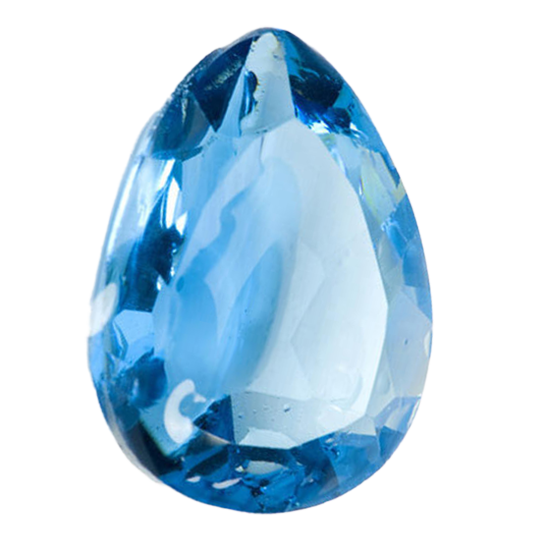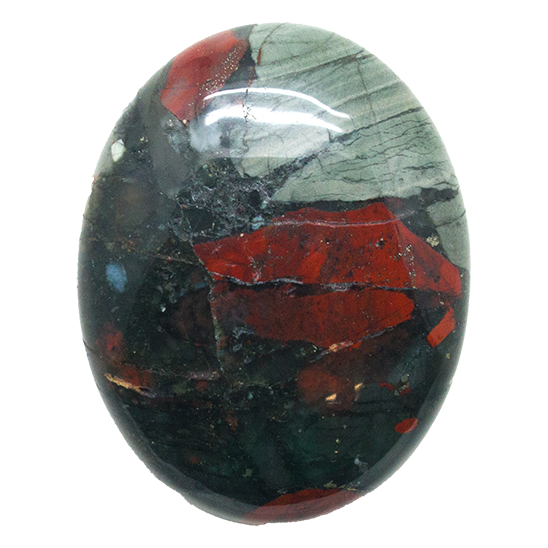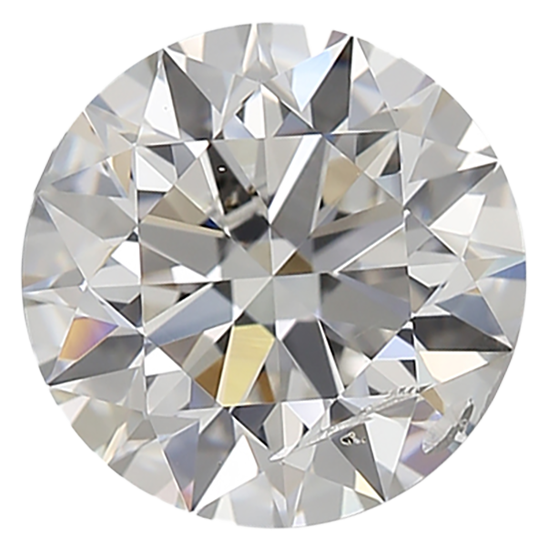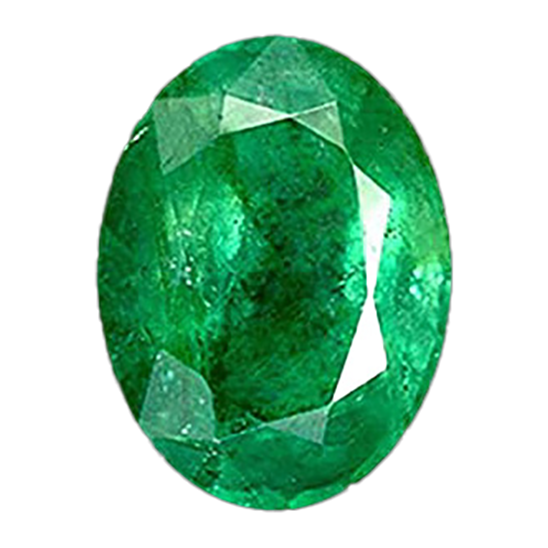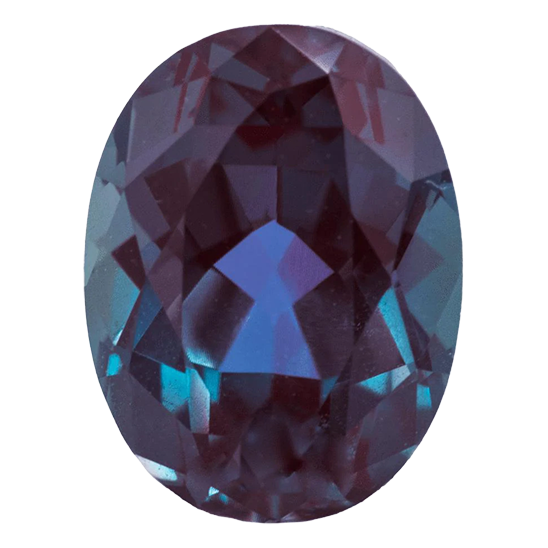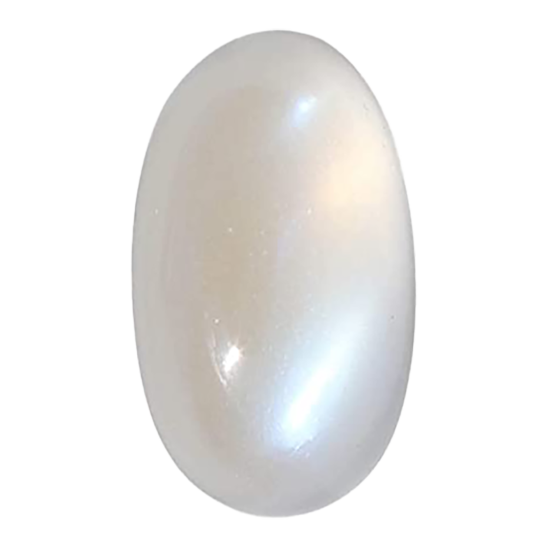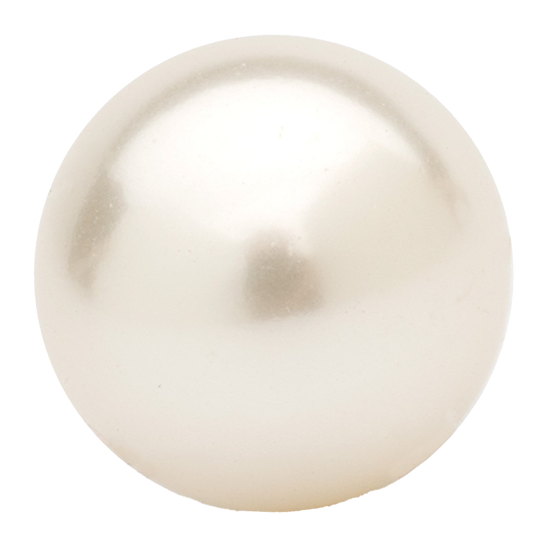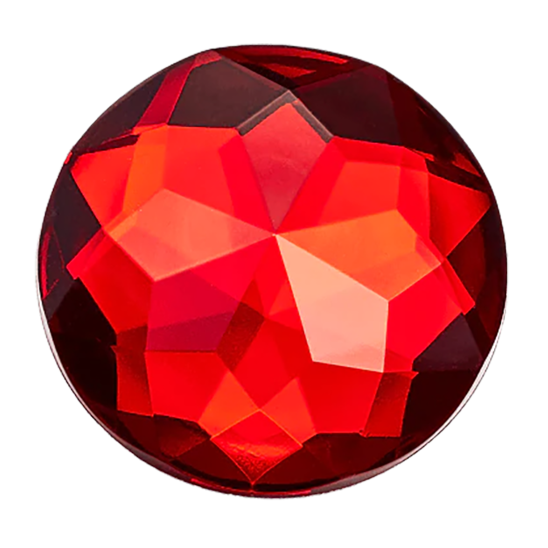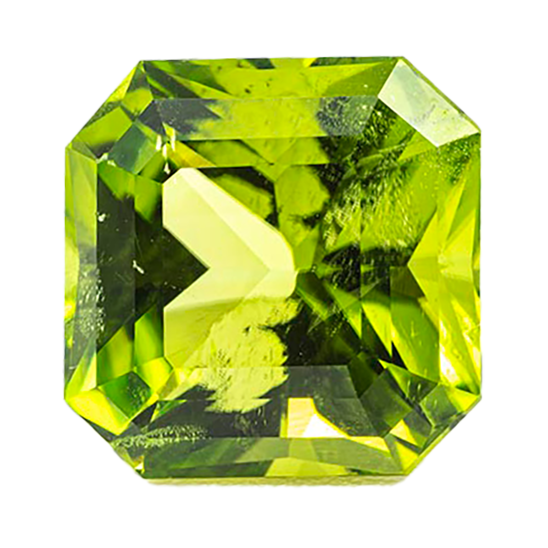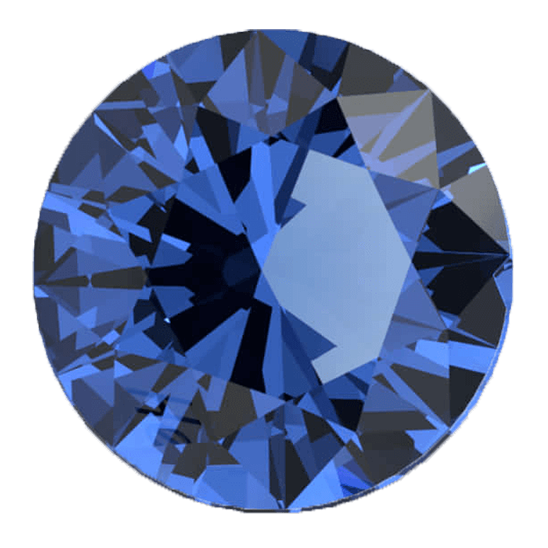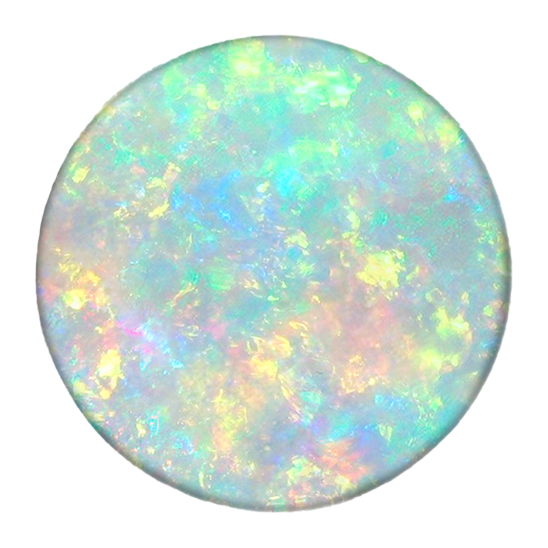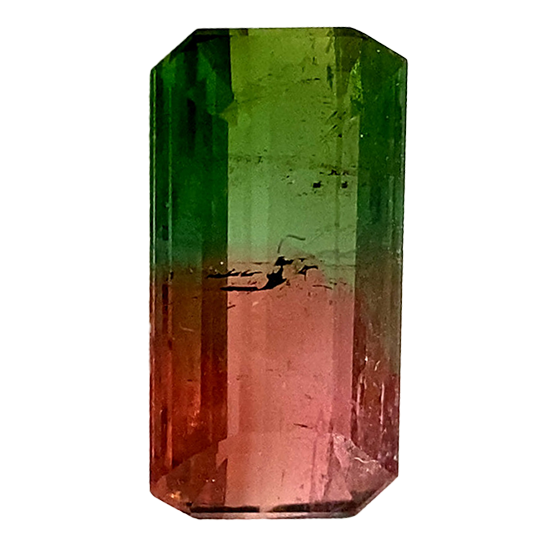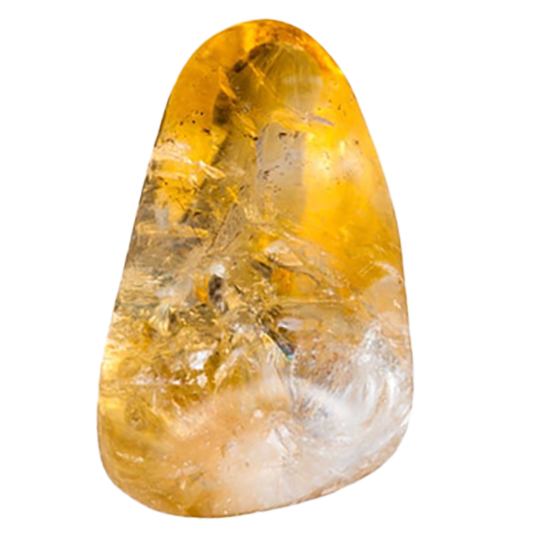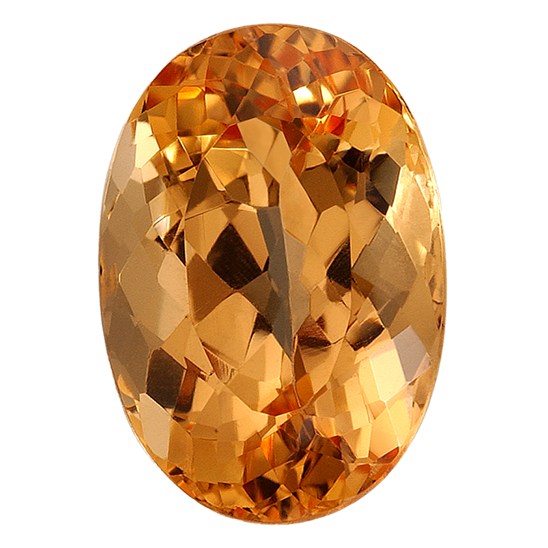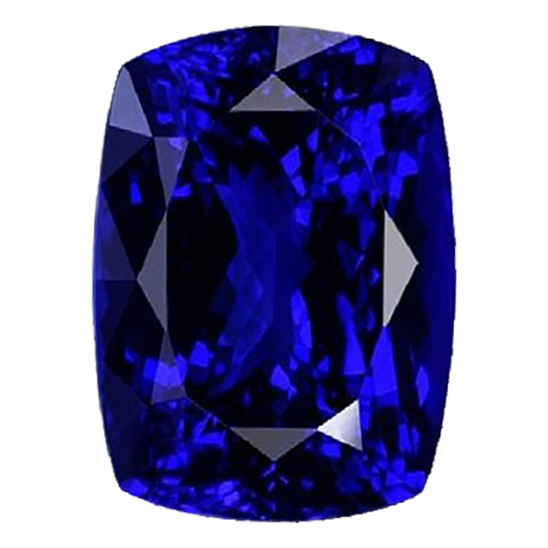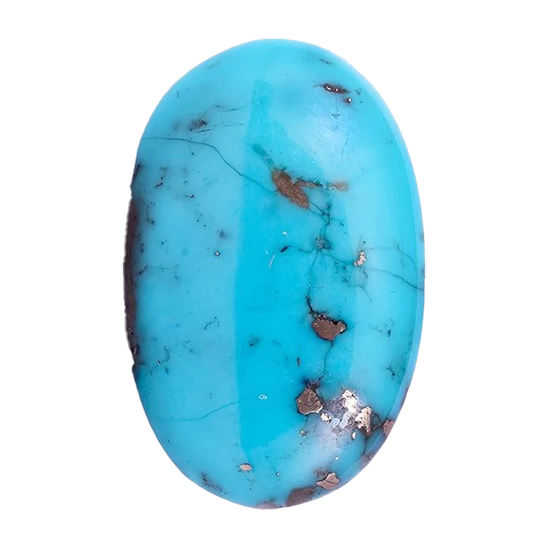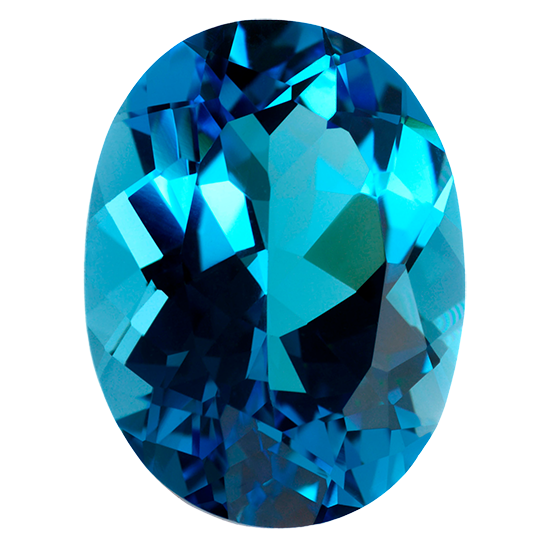Known for nurturing goodwill and bringing stability, chalcedony has been beloved for its healing properties and emotional health benefits since the Bronze Age. From the highest value blue chalcedony to multi-colored agate, it’s time one of March’s birthstones gets more recognition.
The value of chalcedony isn’t just its price, but rather the meaning it has brought to Ancient civilizations and so many today. Whether exhibited as a raw green crystal or an enchanting tiger’s eye pendant, chalcedony is an important type of quartz. Here’s why.
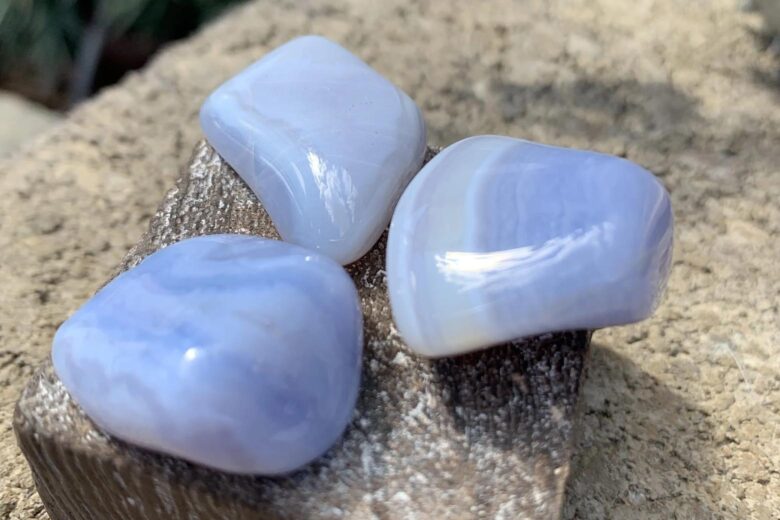
| Chalcedony Color | Blue, Gray, Green, Black, Purple, Yellow, White, Pink |
| Birthstone Months | March / May |
| Hardness Scale | 7 on Mohs Scale |
| Mineral Class | Oxide |
| Symbolism | Balance, Stability, Goodwill, Peace |
What is Chalcedony
Chalcedony is a form of quartz and a member of the oxide mineral class. Blue chalcedony, green chalcedony, agate, bloodstone, and tiger’s eye are just a few varieties.
While chalcedony is generally affordable, the highest quality of blue chalcedony has a price of upwards of $100 per carat. Chalcedony has many religious and spiritual connections and implied healing properties.
Those benefits have seen its rise in use in meditation and Feng Shui. However, it is also commonly sold as a semi-precious gemstone for necklaces, bracelets, and earrings. With its variety and a Mohs hardness rating of 7, it makes an excellent choice for birthstone jewelry.
What does Chalcedony look like
Chalcedony is translucent, allowing some but not all light to pass through it. While raw crystals are often six-sided, chalcedony is often cut and polished into stones for jewelry. Another defining property of chalcedony is a waxy luster and a slightly milky appearance.
However, many don’t realize how many types of chalcedony there are. Blue chalcedony, green chalcedony, and gray chalcedony can be found. The most valuable, and expensive chalcedony is blue. The more saturated the color and the fewer the inclusions, the more valuable that chalcedony is.
However, other colors include red, black, purple, golden yellow, pink, and white. The chart below shows the most common types of chalcedony and their unique colors.
| Type of Chalcedony | Description |
| Agate | Many colors, and often banded, agate can be white, green, blue, orange, purple, and even black |
| Aventurine | Milkier than some chalcedony, aventurine ranges from light to deep green |
| Bloodstone | Distinguished by its unique muddy green and red hues or spots of brown and blue, bloodstone is seen as a spiritual stone |
| Carnelian | Carnelian ranges from red to reddish-brown and is often treated with heat to enhance color |
| Jasper | Jasper is usually spotted or has speckles and is a muddy brown |
| Onyx | Onyx is banded with black and white colors |
| Tiger’s Eye | Tiger’s eye is striped or banded, with yellow and brown hues |
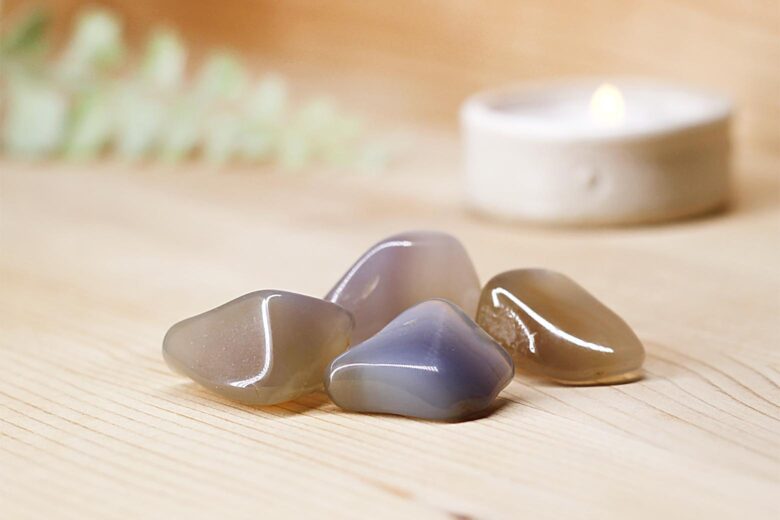
History of Chalcedony
Chalcedony holds meaning today, but its properties were valued even in ancient times. It’s unclear where the name came from: it may be from a village in Turkey, or Greece. But historians know that chalcedony was used as far back as the Bronze Age.
The Ancient Babylonians and Assyrians popularized using chalcedony for delivering messages and promoting healing. Chalcedony has been discovered as a sealant for Greek letters. It’s also been cited in religious texts and speakers, including the Bible, the Prophet Muhammed, and within Ancient Rome and Egypt.
In both the Renaissance and 18th centuries in Europe, chalcedony was used as a talisman, for fortune-telling, and decorative purposes.
Meaning of Chalcedony
Chalcedony symbolizes stability and balance. Chalcedony also has a special meaning of brotherhood, goodwill, and protection.
In Feng Shui practices, chalcedony is associated with the throat chakra. The throat chakra is situated in the neck and is the source of inner truth and expression. It’s also an important chakra for both stability and balance.
Chalcedony is also prized for its purported healing benefits. By absorbing negative forces, chalcedony transforms negative and depressive thoughts. Some believe it has helpful properties to nourish minds struggling with degeneration. Others use chalcedony to treat skin conditions and digestive problems.
Where does Chalcedony come from
Chalcedony is found around the world. The primary sources of chalcedony today include Iceland, India, Mexico, Namibia, Germany, Brazil, France, Italy, Malawi, Mexico, Morocco, Russia, and the United States (California and Oregon). It can also be found in Afghanistan, many countries in the Middle East, and Australia.
From a geological perspective, chalcedony is found in both volcanic rocks and sedimentary rocks. Chalcedony forms when low temperature meets silica gel. Silica gel exudes from weathered rocks (volcanic and sedimentary). Some chalcedony can be found in geodes, though this is less common.
The fine formation of silica creates chalcedony in petrified wood and other forms of fossilization. Due to its formation, impurities are quite common for different types of chalcedony. The most common type of impurities is manganese oxide.
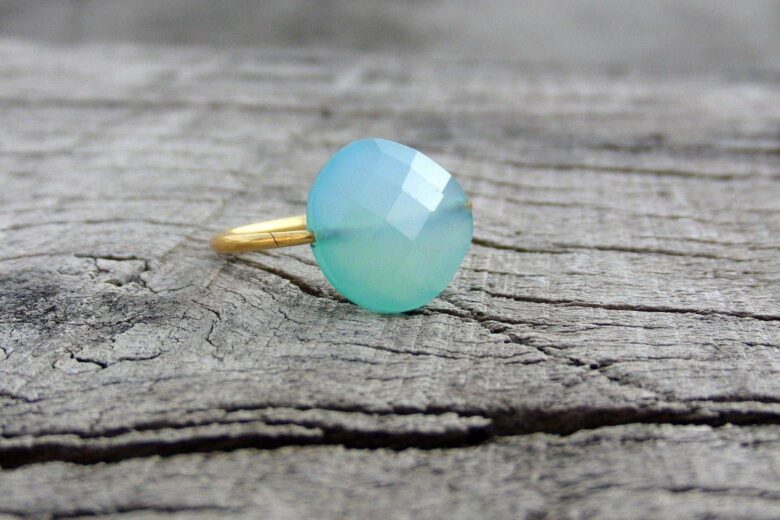
What zodiac sign is Chalcedony for
Chalcedony is one of May’s birthstones and is associated with the Gemini zodiac sign. In many ways, chalcedony both complements and balances Gemini’s strengths and weaknesses.
Geminis, which includes anyone born from May 21st through June 20th, are known as social butterflies. They thrive on interactions with others and social events.
Chalcedony, in this way, is an ideal fit for a Gemini. Chalcedony is a gemstone that promotes companionship and brotherhood/sisterhood. That supports healthy relationships and addresses the social aspects that are so important to Geminis. At the same time, chalcedony is used for bringing stability and goodwill. That’s helpful, especially for the more impulsive and inconsistent nature of Geminis.
Which family is Chalcedony from
Chalcedony is from the quartz family and the oxide mineral class. Other members of the quartz family include agate, bloodstone, and onyx, just to name a few. Quartz is divided into two major classes: macrocrystalline and cryptocrystalline quartz.
Chalcedony is a form of cryptocrystalline quartz. Cryptocrystalline quartz is also known as microcrystalline quartz. Gems in this group, including chalcedony, are distinguished by both grainy and more fibrous surfaces. They are most commonly arranged in six-sided crystals that form a pyramid.
Birthstones chart
Find your birthstone by month
Frequently asked questions about Chalcedony
Chalcedony brings inner peace and soothes imbalances. Its main purpose is to soothe emotions and establish stability. Whether worn as jewelry or used for decorative purposes, chalcedony is a source of comfort to many. It’s also purported for its healing properties. Those benefits are said to include improved digestive and skin health.
Chalcedony can be a very affordable stone, but also an expensive stone. The price of chalcedony ranges from a dollar or a few dollars per carat to over $100 per carat. Blue chalcedony is among the most expensive types. Translucent blue chalcedony with few inclusions can be expensive, while less desired colors are budget-friendly.
Chalcedony is a semi-precious gemstone. Other examples of semi-precious gemstones include agate, amethyst, aquamarine, aventurine, lapis lazuli, tiger’s eye, moonstone, and turquoise. Chalcedony, and other semi-precious gemstones are widely used for jewelry but are not considered as valuable as precious gemstones like diamonds, emeralds, sapphires, and rubies.
Chalcedony is pronounced as [KAL] + [SED] + [UH] + [NEE]. Many mispronounce it as it does not look exactly like it sounds. Chalcedony is derived from the Latin word, chalcedonian.
